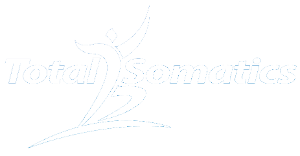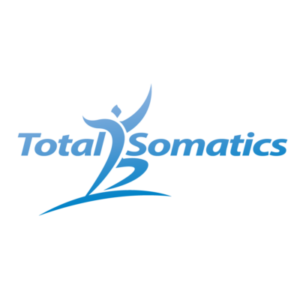How is your posture?
In this blog we are going to explore the subject of posture and biomechanics. Total Somatics has a weekly ‘Mindful in May’ video series on Facebook (which can also be found after May 2017 on the Total Somatics You Tube channel). This week the Total Somatics Facebook video discusses mindfulness with our posture and biomechanics.
So let’s start by looking at our posture. The main part of our anatomy which influences our posture is the spinal column. When viewed from the side our spinal column has natural curves which form a S-shape. The purpose for the spine and its shape is to provide shock absorbency, maintain balance and facilitate the full range of movement throughout the spinal column.
Attached to the spinal column are muscles known by two categories, extensors and flexors. The flexor muscles are at the front of your body and include the abdominals. These muscles allow you to flex or bend forward. So these muscles are very important for lifting and carrying items.
The other group are known as extensors. They are at the back of your body. They allow you to stand upright and work in harmony with your extensors to lift or carry items. Together the two muscle groups help to stabilise your spine.
So when someone refers to their posture, what exactly are they referring to in technical terms?
Posture is how we hold our body upright , in gravity. These situations include sitting at the desk, walking, lifting and standing. But in Somatics we also look to assess our posture out of gravity, as this tells us so much about our bodies. It informs us of which muscles are chronically tight out of gravity and may be causing us the problem. Then with a Somatics skill set, we can start to release chronically tight muscles.
In week 2 of ‘Mindful in May’ I highlight a few ways we can increase our mindfulness with our posture. This blog will continue on from the points I mentioned.
A good posture helps:
⦁ Decrease the abnormal wear and tear on the joint surface which contributes towards osteoarthritis.
⦁ Decrease the stress of ligaments, which hold the spine together.
⦁ Prevent muscle fatigue due to the incorrect muscles “switching on.”
⦁ Improve energy efficiency - muscles “switch on” when they are required and “switch off” at the appropriate time.
So what is required on our part to maintain a good posture?
In Somatics we talk about becoming “Somatically aware.” So this awareness or mindfulness requires us to ‘check in’ often with our body and notice how we are holding ourself. When we develop an awareness of our own posture, plus a knowledge of how to make healthy changes with somatic education; we are able to consciously self correct.
Somatics involves neuroplasticity. This involves re-educating and improving the brain to body connection. Likewise, when we develop daily mindfulness habits towards our posture and biomechanics, we are developing neuroplasticity in this area of our life. How? We are thickening the prefrontal cortex which deals with focus, awareness, concentration and decision making. So we are required to constantly work on ourself to gain the best results. As with anything we decide to do, the more we do it; the easier it gets.
Due to habitual patterns of behaviour we can quite easily get stuck in a pose which is not healthy. But with a deliberate effort to change our posture and apply the points highlighted in this week’s (Monday 8 May 2017) Facebook video, we can reverse old habits and replace them for healthy postures and movements.
Developing a regular Somatics practice really helps you to maintain good mobility, reduction in pain and mindfulness skills which complement other forms of exercise and activity you choose to do. When we practice somatics, we retrain the brain to control and coordinate the muscles so that they switch on and off at the appropriate time, long term enabling you to move more freely in your daily activities.
To learn Somatics in the comfort of your own home, visit www.TotalSomatics.com.














Leave a Reply